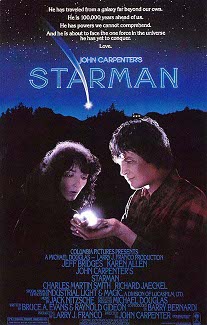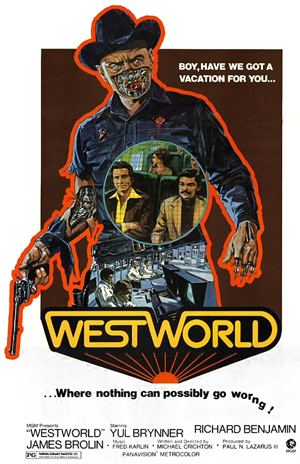By Brandon Engel: Important touchstones in technological history come about when something jumps the gap from experimental testing to widespread consumer use. Nowhere else today is this more apparent than within the market for “digital personal assistants”, voice-user interfaces which facilitate an understanding between us and our machines.
Within the broader field of artificial intelligence, machine learning algorithms are rapidly improving to better extract knowledge from our natural, spoken language patterns. The profit motives of large corporations like Apple and Amazon indicate the companies behind these increasingly-powerful softwares are attempting not only to perfect human-to-machine communication, but to also to insinuate themselves and their services in a position that will expand their authority. That has led to something of an arm’s race, as firms jostle for control of the most accurate means of determining consumer’s spoken – and unspoken – desires.

We’ve come a long way from the days when Microsoft Word users wanted to slap Clippy, the first widely known “PDA”, for providing inaccurate editing assistance. Users of Apple’s iOS-based products have now been happily making friends with the company’s Siri system for some time. Amazon, however, is perhaps the best positioned for dominance in the speech automation space. The Echo home speaker is grounded in its Alexa AI service. Even Microsoft has made huge strides with Cortana, another hands-free helper at the intersection of computer science, linguistics, and human psychology.
A New Frontier
These intelligent virtual assistants signal a new frontier in computing. They go much further than just recognizing your requests and attempting to fulfill them: gathering information from the Cloud, their “minds” are informed by millions of pieces of data input by users in real-time all around the world. For the biggest internet players – Apple, Google – access to a massive pool of voice data has help software coders built systems that act as flexible roadmaps for how certain questions should be answered. When consumers speak a search query aloud or ask a question, the software that supports Alexa and her cohorts is able to act efficiently on a wide range of natural language tasks.
A.I. That Listens and Learns
At their worst, these products can seem a bit creepy. At their best, they offer a highly customized experience. Amazon’s push into consumer electronics is not easily separated from its interest in many smaller Internet-connected devices and its broader role as one of the world’s biggest retailers. Now that the day has come when customers no longer have to visit a screen to shop online, voice assistants are encouraging purchasing decisions and facilitating new modes of customer interaction.
According to this website, smartphone users make the most use of voice assistants in their home – at 43%. Using voice assistants while driving ranked second at 36%. Assaf Ronen, Amazon’s vice president of voice shopping, recently applauded the company’s voice assistant skills saying, “Our Alexa speech science engineers have made something so incredibly challenging appear effortless to customers.” On “Prime Day”, Amazon’s yearly discount sale, users ordering products via voice assistant were offered special deals – resulting in the company’s most profitable shopping day ever.
The Invisible Hand
The privacy concerns attached to such systems seem so obvious as to hardly be worth mentioning. Carrying around a smartphone means carrying around a GPS-connected device that ties you to the “Cloud”, where all information is accessible should you know how to look. The fact that we’re all online, all the time has not been lost on advertisers and sellers, and neither by crooks, hackers, and the identity thieves.
Like many ethical concerns in the consumer world, the final verdict is likely to be rendered by the invisible hand of the market. Will end users prize the newfound intelligence of their digital personal assistants? Will they value them enough to trade a sense of privacy for the promise of a better experience while shopping, reading the news or just searching the web? In the meantime, the major software companies are more focused on figuring out the how rather than dealing with the ethical and legal implications. How it all shakes out remains to be seen, but it will be exciting to watch as A.I. grows as an everyday presence in our lives.




